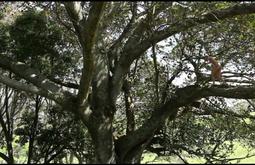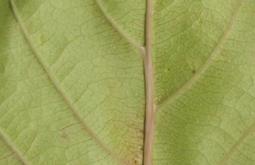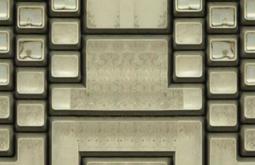"In Chiang Mai Family Lee travels on a well-known tourist trail in the hills of northern Thailand. In these trails, participants are encouraged to spend the night with local people who live in the highly volatile area of the Burmese/Thai border. Using handheld digi-cam, Jae Hoon records a sequence from his voyage in the morning following his stay in the village. He attempts to set up a family portrait in front of the camera of the people with whom he has stayed, using broken Thai. We cannot see the artist, but his presence is recorded in voice and bodily gesture through the movement of the camera. His various interactions with grandparents, parents, children, have all of the sentimentality of a long-history of tourist and anthropological image making, albeit this time recorded by a tourist from a neighbouring region of South East Asia. For Western audiences the interactions between artist and family have an assumed intimacy precisely because we are isolated from the exchange because of language. The dramatic moment in this otherwise light nostaligic video comes in the last minutes of the work, when Lee’s camera captures a group of western tourist emerging from the right of the scene. In this instance, the image of peace, seclusion and intimacy is broken by the reality of the existence of both the peoples depicted, and the nature of the artist’s own relationship to his subjects – he is as much subject and tourist within this scene."
Chiang Mai Family (2007)
Other works by Jae Hoon Lee

Jae Hoon Lee
Self Camera (2010)
The artist tries to create a meaningful relationship with his environment.


